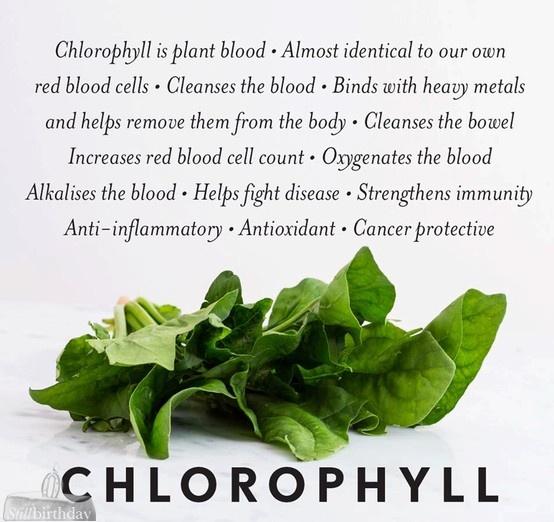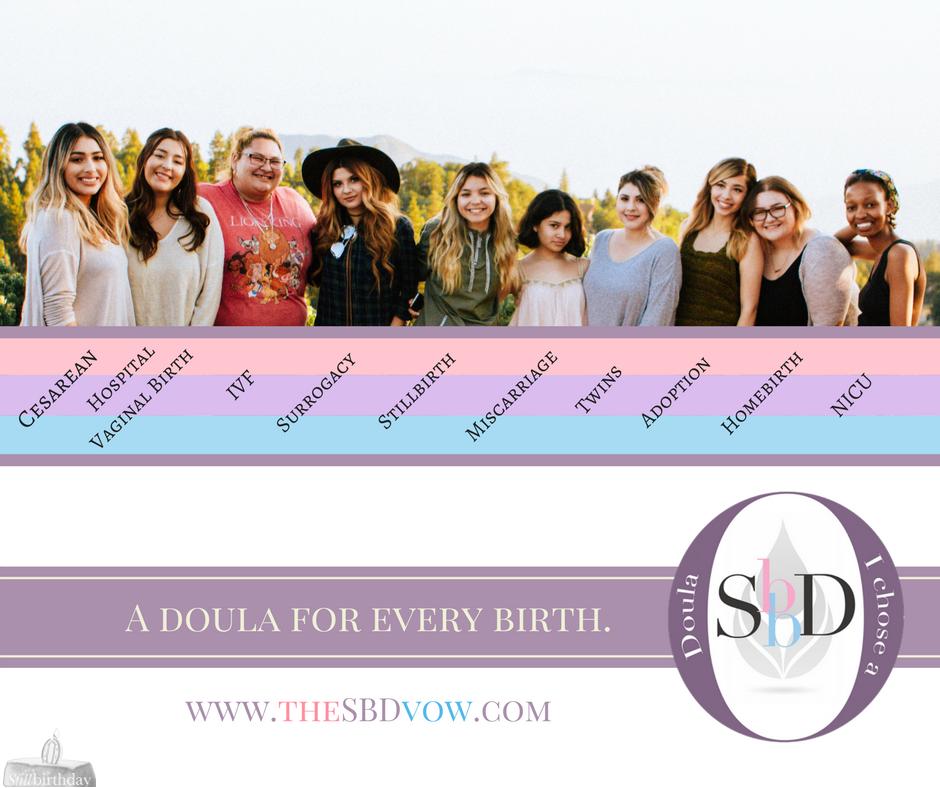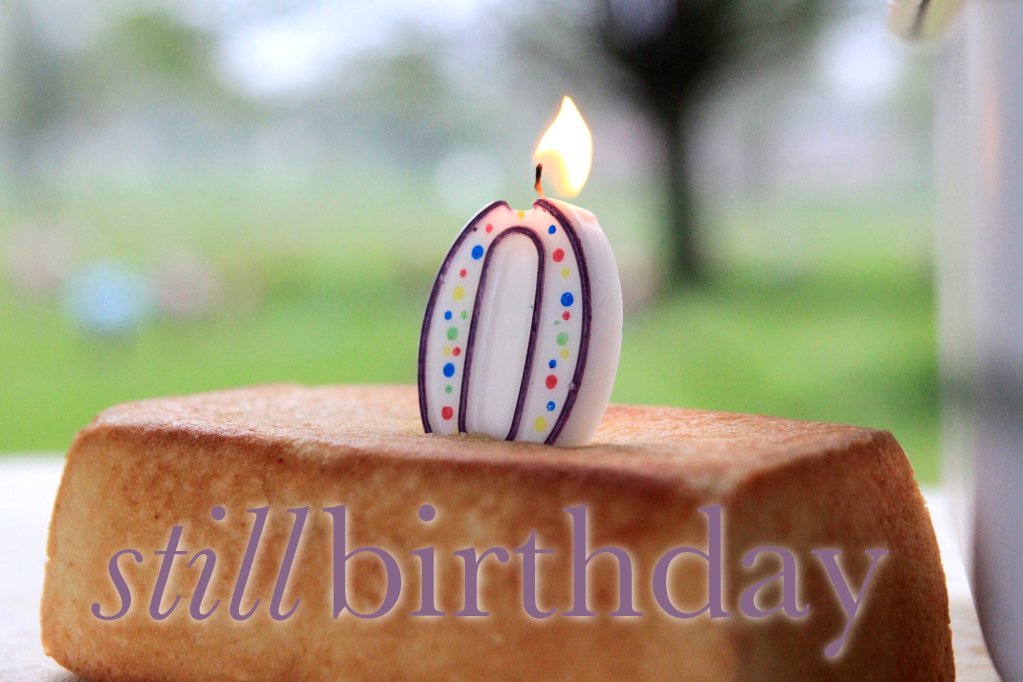When a baby dies in the first 28 days of life, it is technically called a neonatal death.
I personally find technical timeframes like this to be arbitrary in our emotional interpretation of our experiences, and I hardly think the term addresses the enormous amount of feeling we may have. We do at stillbirthday provide support for every technical name, medical label, and timeframe category of parental bereavement, including all of the many names for pregnancy loss, neonatal death, older infancy, and toddlers to teens. Just visit here to learn more.
Some parents know ahead of time that their preborn baby may have a condition “not compatible with life” after birth. While these parents may in some ways prepare for the birth of their baby and try to anticipate the very short time they may have with their baby, the experiences are heartwrenching, agonizing and painful.
For these parents, already having a personalized birth plan may help support them through the process.
Still other parents go on to deliver a healthy child, and without any notice or warning whatsoever, the child dies.
In either case, this website offers a number of supportive services:
- information regarding the process from realization to farewell celebration (including a customized birth plan for no or short expectancy of life, and another to serve families when given extra time, and additional resources for various diagnoses). The PROCESS link is extremely valuable.
- statistics
- information for friends and family on how to best support you
- professionals and volunteers to support you
- local, national, and international long-term support services and resources including books
- farewell celebration ideas
- a place to share your story
- a place to read a story or two from other parents and see their babies photos
- please visit our Love Cupboard for newborn clothing support which may prove useful when given extra time









